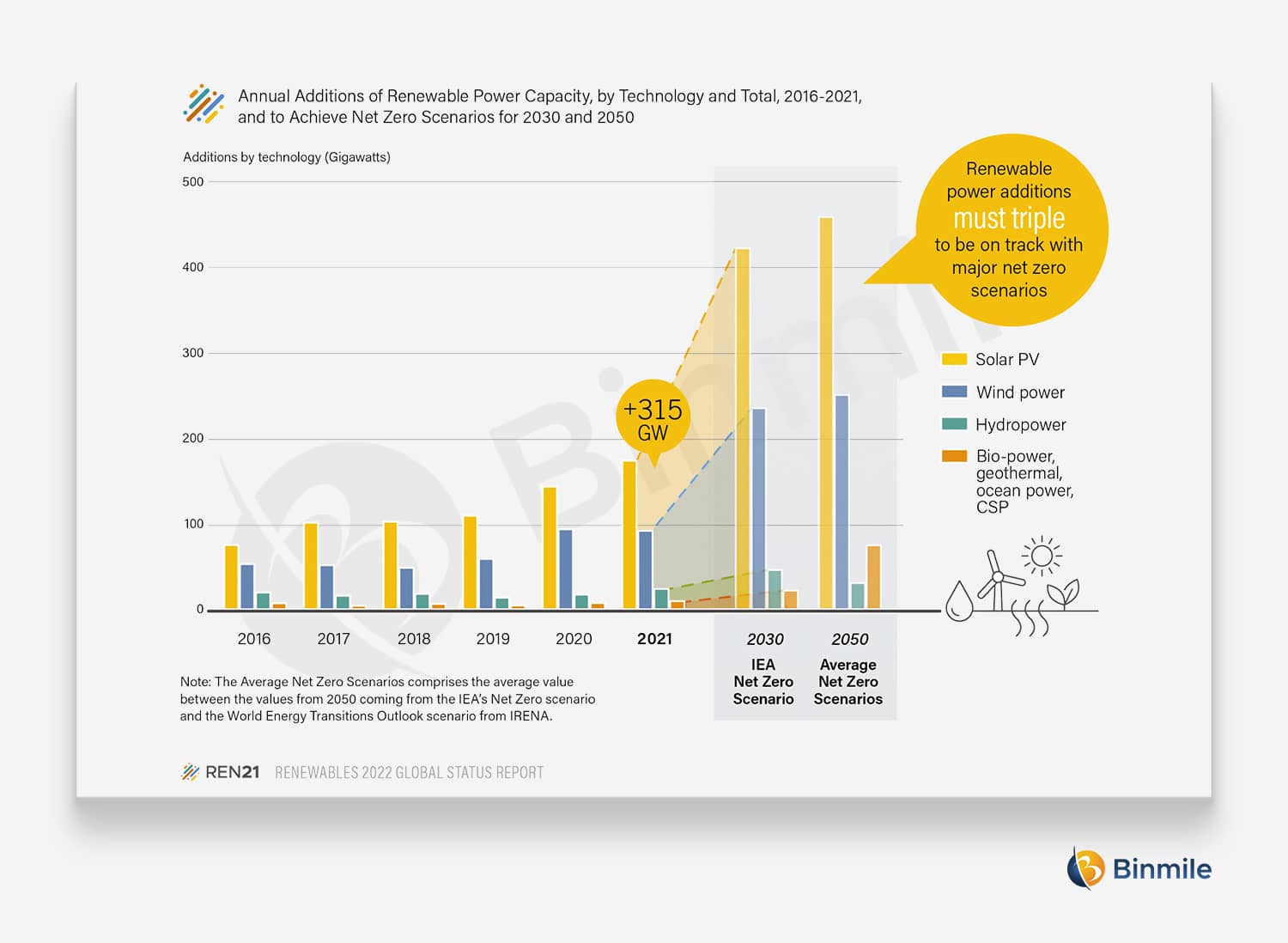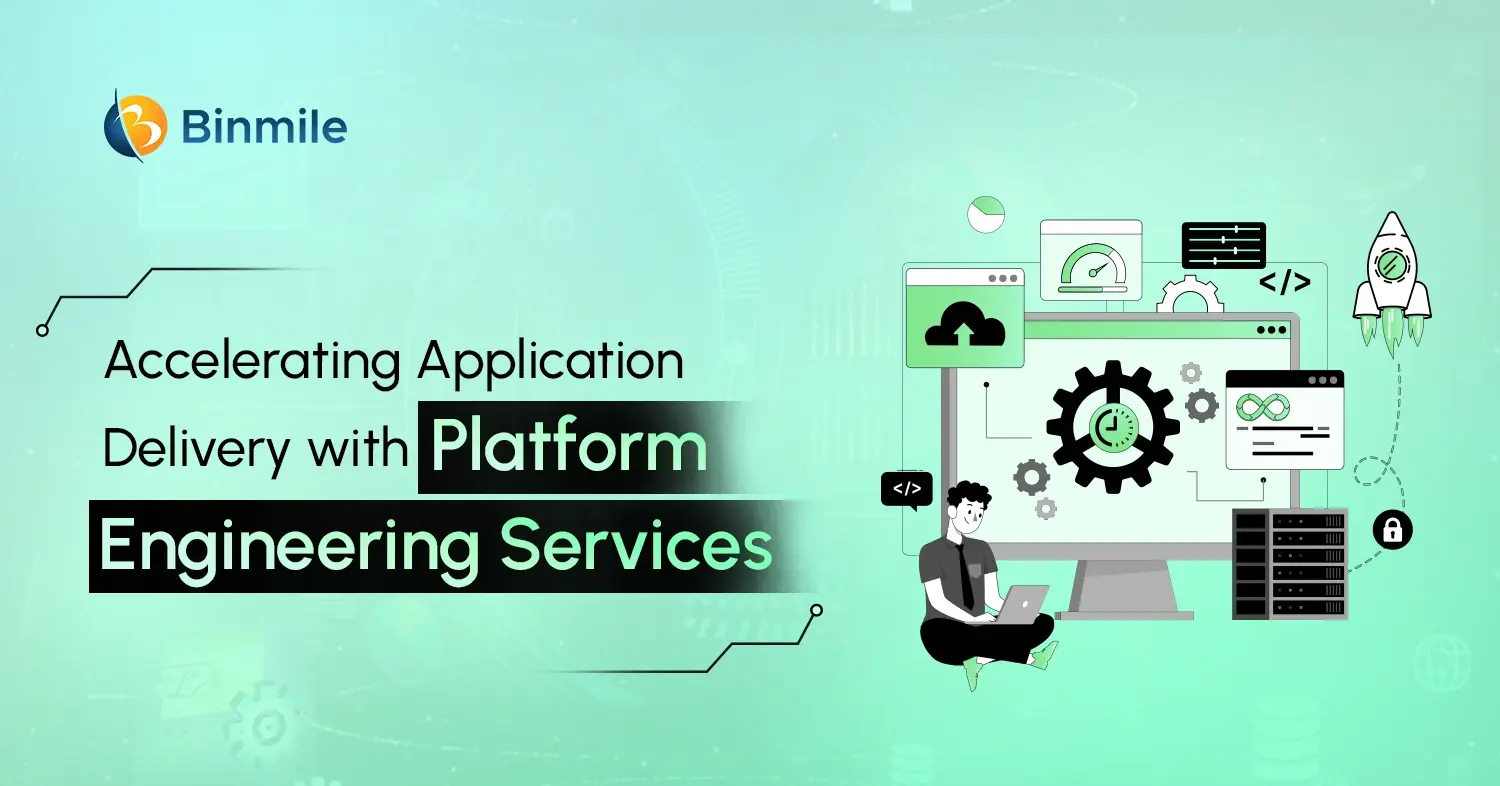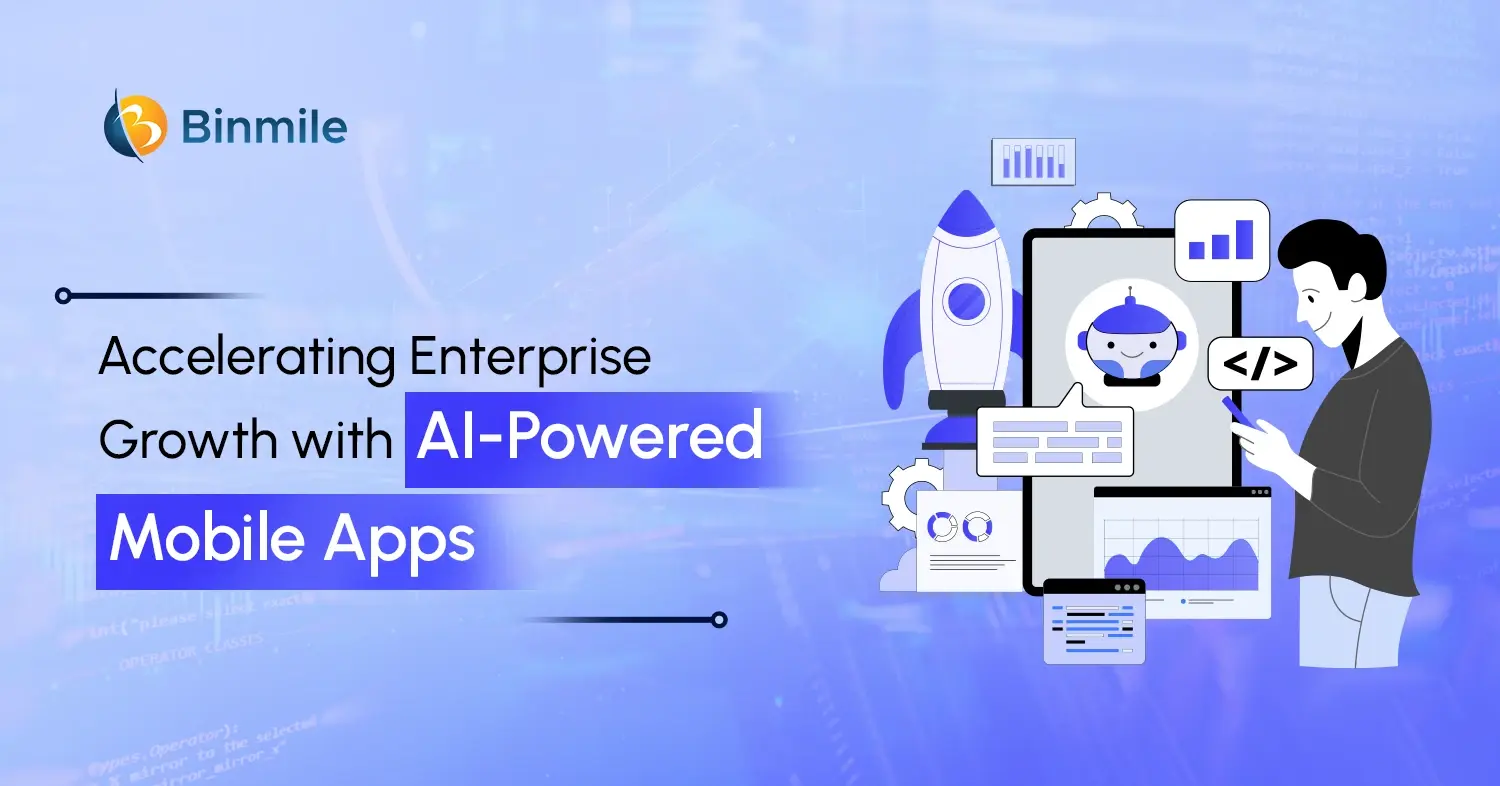- 2024 renewable energy industry
- advancements in hydropower technology
- emerging trends in energy sector
- Energy Industry Innovations
- Energy Industry Trends
- energy infrastructure trends
- energy market trends
- energy software company
- global energy industry trends
- renewable energy industry outlook
- renewable energy software
- solar energy software
- top 6 energy industry trends
Energy industry trends, such as novelty in renewable energy, solution of energy storage technology, digitization in the energy sector, etc. are some of the most important quality parameters set to drive innovations in the power sector.
Read our brief rundown on key energy industry trends, and how they portray a paradigm shift for the power sector in its process of delivering sustainability-driven energy solutions.
Key Energy Industry Trends And Innovations In The Power Sector
Energy Industry Trends #01 – Reliance On Renewable Energy
The renewable energy sector has been going through an uninterrupted growth for many years down the line, with world leaders finding their alternative for traditional fossil fuels in solar, wind and water power sources.
The way they shift their focus on prioritizing heavy investment in energy-efficient solutions gives us the projection of how renewable sources will benefit the earth in terms of reducing dangerous carbon emissions.
For example, adoption of this energy solution is expected to drive nearly 40% of drops in carbon emissions in the US by 2030. Isn’t that great for Mother Earth?
Key insights –
- Energy sources such as solar, wind, and hydropower are catching up fast worldwide amidst growing concerns of increasing climate change.
- Focus is given to tap into the infinite supply of natural resources and converting them into sustainable fuels or practical electricity.
- Efforts are being made to generate distributed energy resources (DERs), such as energy storage systems.
- They will pave the path for solving the increasing need for decentralized energy production and consumption.
- A key trend in this context is choosing custom renewable energy software solutions as companies can handle the climate change scenario effectively while serving their business-specific requirements and needs.
Energy Industry Trends #02: AI In The Power Sector
The use of artificial intelligence (AI) helps businesses in the energy sector drive transformative results, such as estimating demand and managing the distribution of resources.
The goal is to ensure availability of power when and where it is needed without causing much energy wastage. AI will drive much-needed transition in the field of clean energy, as per the prediction made by the World Economic Forum.

Key insights –
- Use of AI in power sector will ensure more accurate prediction of energy supply and demand
- Complex AI algorithms will help the integration of decentralized models of power distribution. It will ensure creation of an intelligent coordination layer between the power source and consumers, like homes and commercial establishments.
Read More: Embracing Hyper Automation in Energy & Utility Sector
Energy Industry Trends #03: Transforming Energy Storage Technology
Problem of storage capacity poses a significant challenge for storing renewable energy sources, such as solar and wind, as they are naturally intermittent.
Moreover, maintaining a consistent output year long is another challenge these resources face.
For example, solar panels perform well during sunny days but fail to generate power at night or when the climate is cloudy. The same case lies with wind energy. It also relies on the temperamentality of the wind.

Therefore, the need to transform energy storage is one of the most trending things in the renewable energy sector. For example, improved battery technology will ensure conservation of excess power derived from renewable sources to be used for rainy days.
As a result, renewable energies will become more trustworthy over time as the battery technology continues to improve. Hence, ensuring renewable energy storage through innovative products is one of the key trends in the energy sector.
Key insights –
- Since renewable sources are intermittent, storing excess of them for later use requires transforming energy storage.
- An energy storage, like improved battery technology, will ensure conservation of excess renewable energy to be used when needed.
- The conserved energy will be a key catalyst in reducing power grid strain during peace load times. Moreover, it will enable prosumers to reap profitable gains from costly energy purchases.
Energy Industry Trends #04: Green hydrogen energy
A growing trend in the energy sector is green hydrogen energy. You may know that green carbon is created through a process encompassing water and electrolysis. The combination generates needed energy from renewable sources, like wind and solar power in a carbon-free process which is significantly healthy for environments.
So, producing required energy without harming the environment is what drives the trend of adopting green carbon.
For example, many energy companies in Europe are taking part in the creation of continental hydrogen pipeline expected to transport nearly one million tonnes of green hydrogen, yearly.
The ambitious pipeline will serve green hydrogen production and decarbonization of economies.
Key insights –
- Green carbon is a key trend in energy sector to produce needed energy without harming the environment
- Creation of such green energy involves a carbon-free process which is environmentally friendly and healthy.
Also Read: Green Technology Innovation in Software Development
Energy Industry Trends #05: The Internet of Energy (IoE)

There is a new paradigm shift in energy infrastructure containing automated management of new technology platforms and financial frameworks. The goal is to ensure seamless energy trading and distribution.
The role of AI, in this context is substantial, along with other emergent technology trends, like blockchain to ensure transparency and secure transactional records of individuals.
Internet of Energy consists of edge and Cloud architecture, with sensors and scanners processing data adjacent to the source and through remote data centers.
It creates a tech-layer enabling companies to execute real-time, data-driven decision-making, and conduct predictive maintenance. These activities serve improved efficiency, customer experience and satisfaction.
Key insights –
- IoE ensures automation and upgrading of energy infrastructures for energy manufacturers and producers.
- It boosts efficiencies, improves cost savings, and reduces energy wastage
- A well-implemented IoE ensures efficient transmittance of energy across lines.
Energy Industry Trends #06: Smart Grid Infrastructure
Smart grid infrastructure today rests at the forefront of what we call the digital transformation of the energy sector. Using cutting—edge sensors and automation systems, smart grids improve operational efficiency and deplete power wastage within the distribution networks.
As a result, smart grids enable effective resource management and mitigation of issues, such as equipment failures or overload circuits, etc.
Key insights –
- Smart grid infrastructure boosts operational efficiency
- It reduces power wastage within distribution lines
- It brings forth efficient resource management
- Smart grids reduce issues, including overload circuits
Other Honorable Mentions In Energy Industry Trends
Autonomous Energy Systems
Another trend in the energy industry, autonomous energy systems favor inclusion of AI and machine learning technologies.
Utilities that use these systems can autonomously monitor their operations. They can identify areas for improvement and optimize performance accordingly.
With automated monitoring of operations, human intervention is significantly minimized from onsite operators and technicians.
Improved Cybersecurity
One of the key trends in the energy sector is robust cybersecurity.
That’s because organizations are becoming vulnerable to cyber-attacks as they are embracing digitization through smart grids, connected devices, etc.
Considering the infinite damage caused by security breaches through third-party unauthorized access, reinforcing cybersecurity in the energy sector is indispensable.
Naturally, implementing the latest security measures or technologies, like firewalls, anti-virus software, and other preventive measures is the prime goal here.
Companies in the energy sector can also opt for hiring an energy software company to build a robust and futuristic solution that can help them safeguard their business from data breach.
Read Further: Blockchain in Supply Chain Management
Wrapping Up
Energy industry trends signify how cutting-edge technologies are emerging in the power sector to improve its function.
These trends also point out measures for implementing in businesses in the power sector to bring forth automated efficiency in their operations.
Moreover, these trends indicate key corrective measures to ensure complete data protection from unauthorized third-party access. Energy industry keeps changing and so are its requirements with passing days.
Mentioned above are some key energy industry trends that are catching up as instrumental in driving innovative products in the power sector.
Meanwhile, we recommend energy companies to consult a reputed energy software development company to build for themselves an innovative AI solution with the potential to help them secure their sensitive data from third-party unauthorized access.
Binmile is that reputed solution partner for you, who can help you with state-of-the-art energy software solutions.
Frequently Asked Questions
Right now, the energy industry trends are all about moving towards cleaner energy, like renewables, and embracing smart technologies to manage power more efficiently. Over in the energy market trends, we’re seeing more ups and downs in prices, a big focus on energy storage, and new ways to trade energy. As for the utility industry trends, companies are focusing on modernizing their systems, providing more customer-friendly services, and using technology to deliver energy more reliably.
Energy infrastructure is evolving rapidly, with a focus on integrating renewable energy, upgrading to smart grids, and using advanced technologies like the Internet of Energy (IoE). These changes aim to enhance efficiency, resilience, and sustainability.










